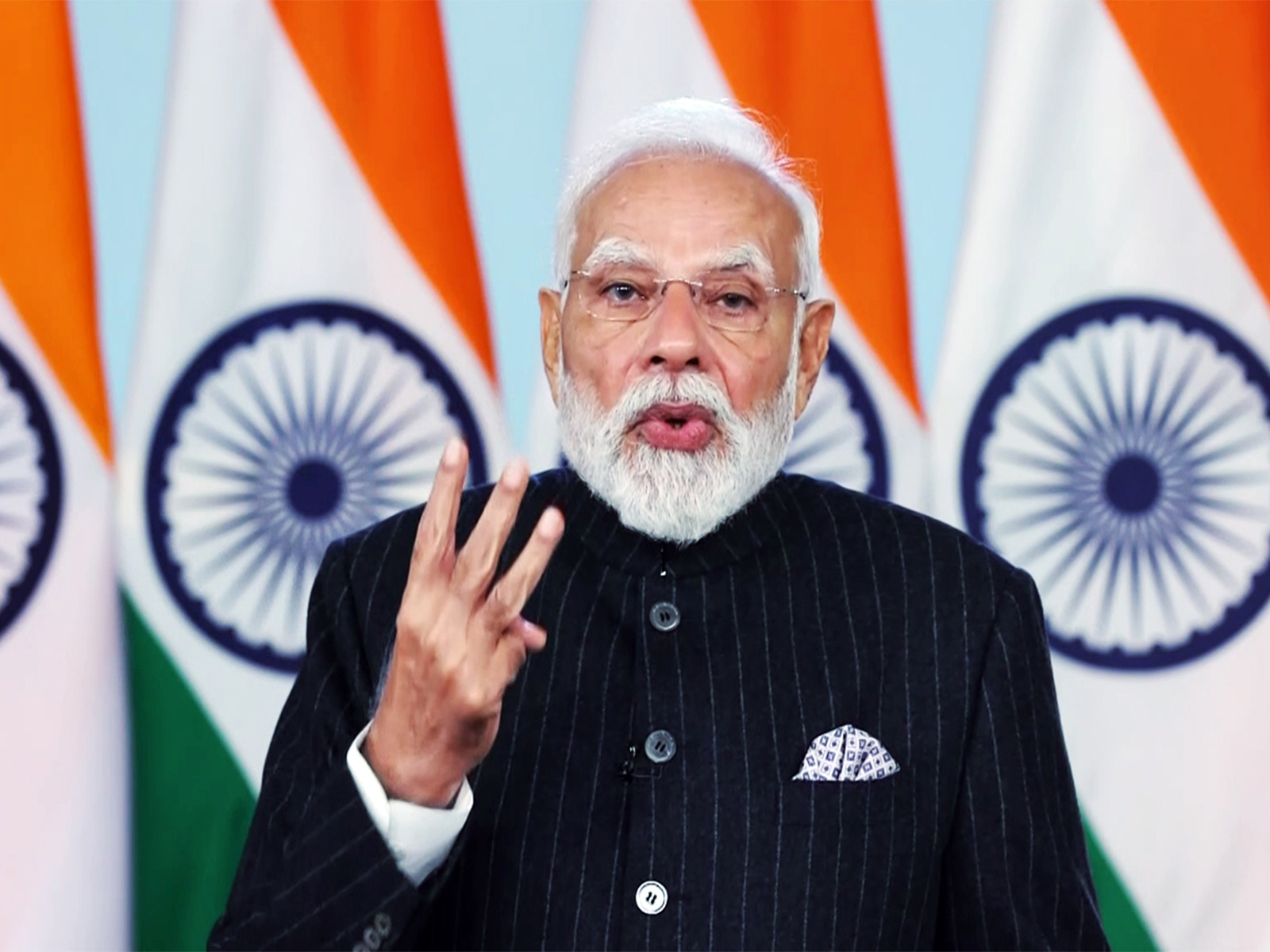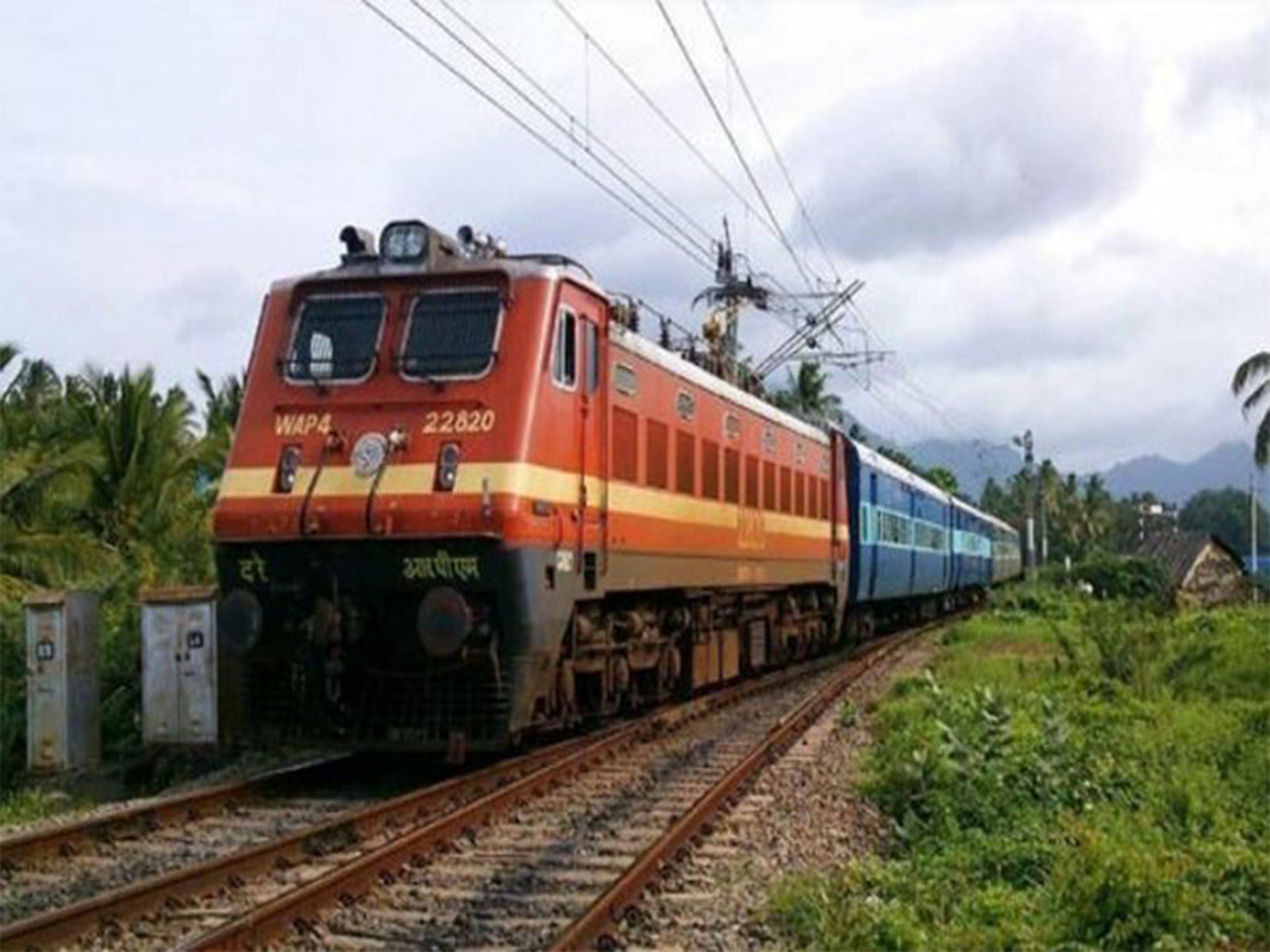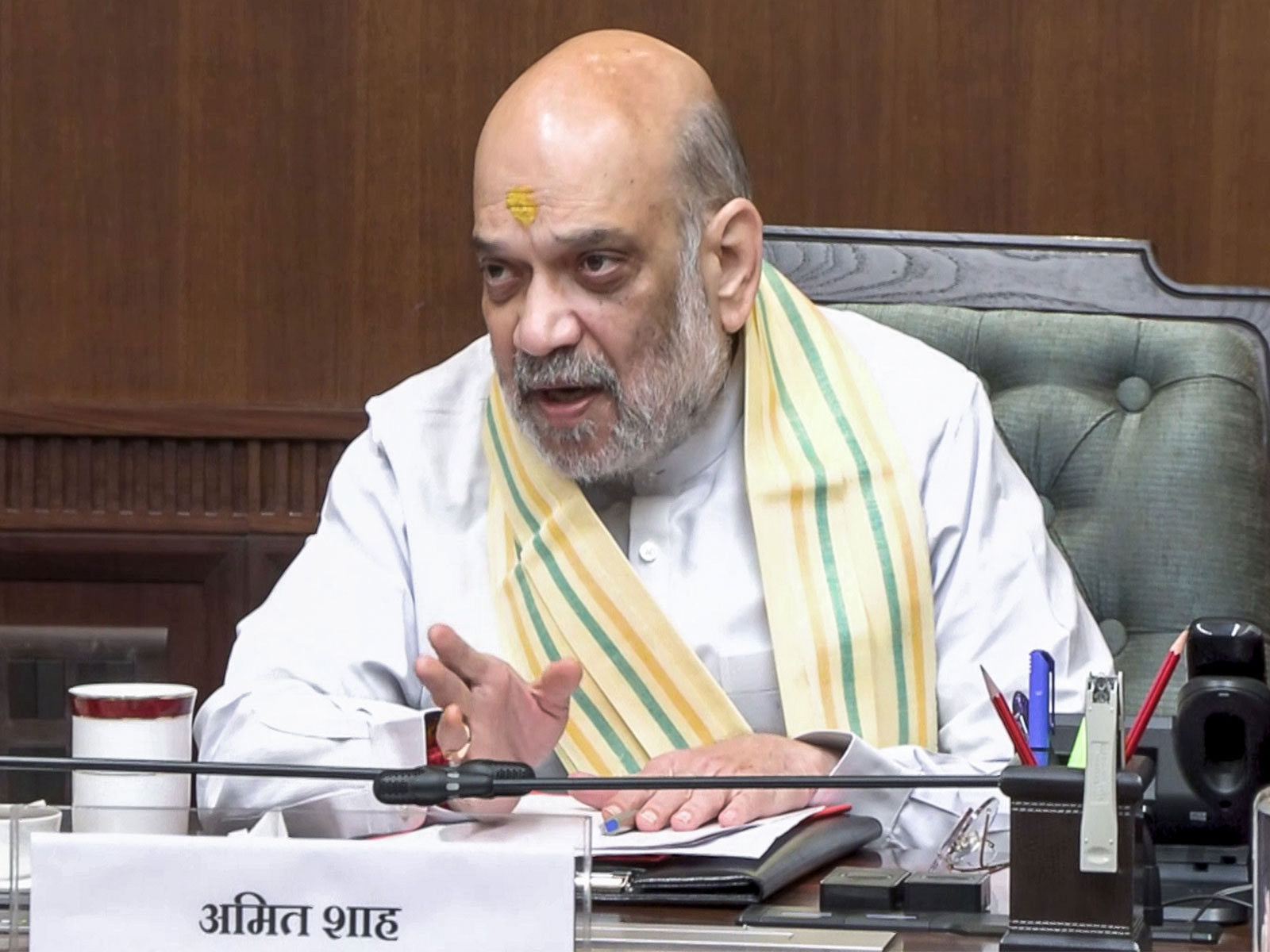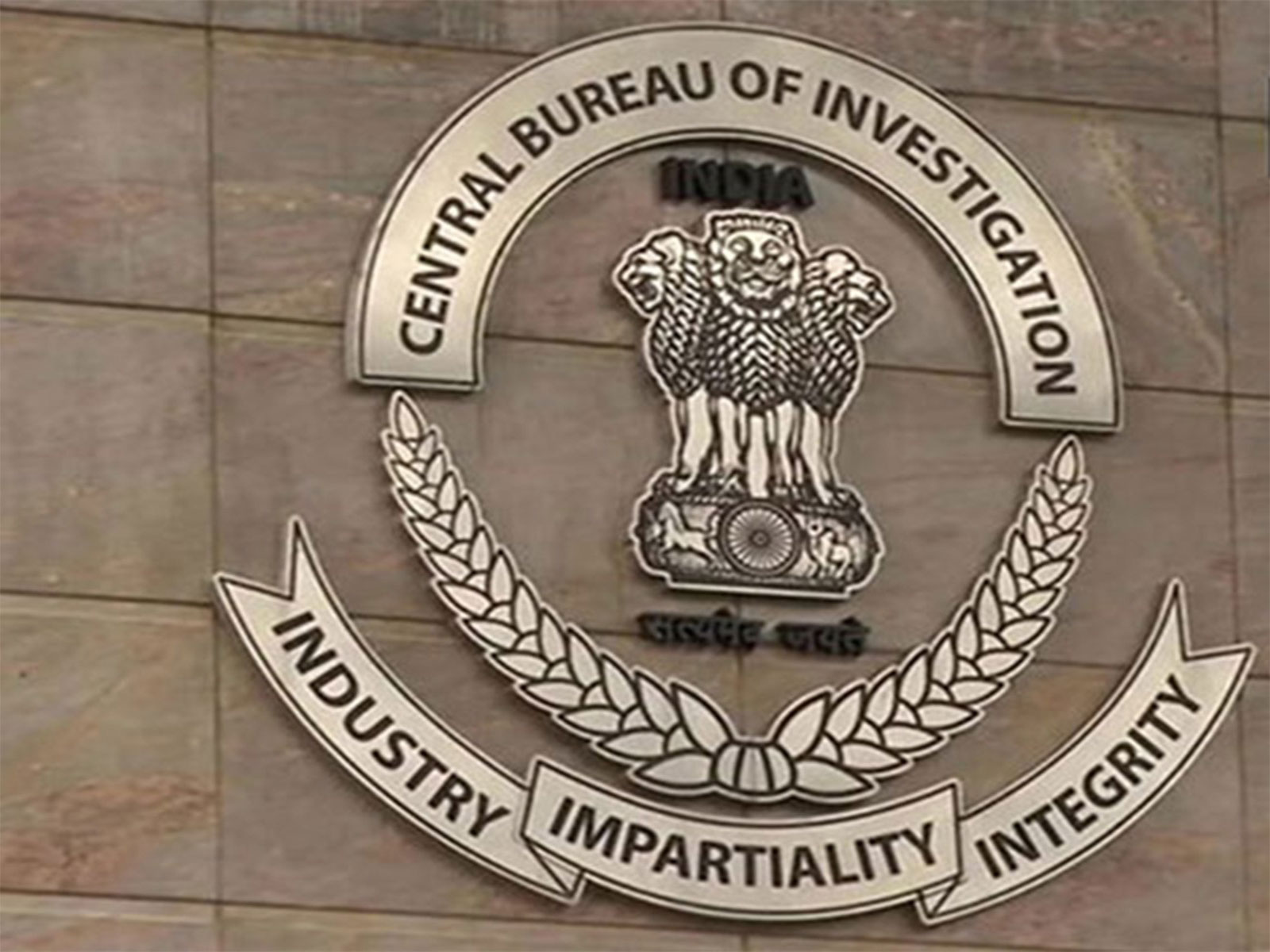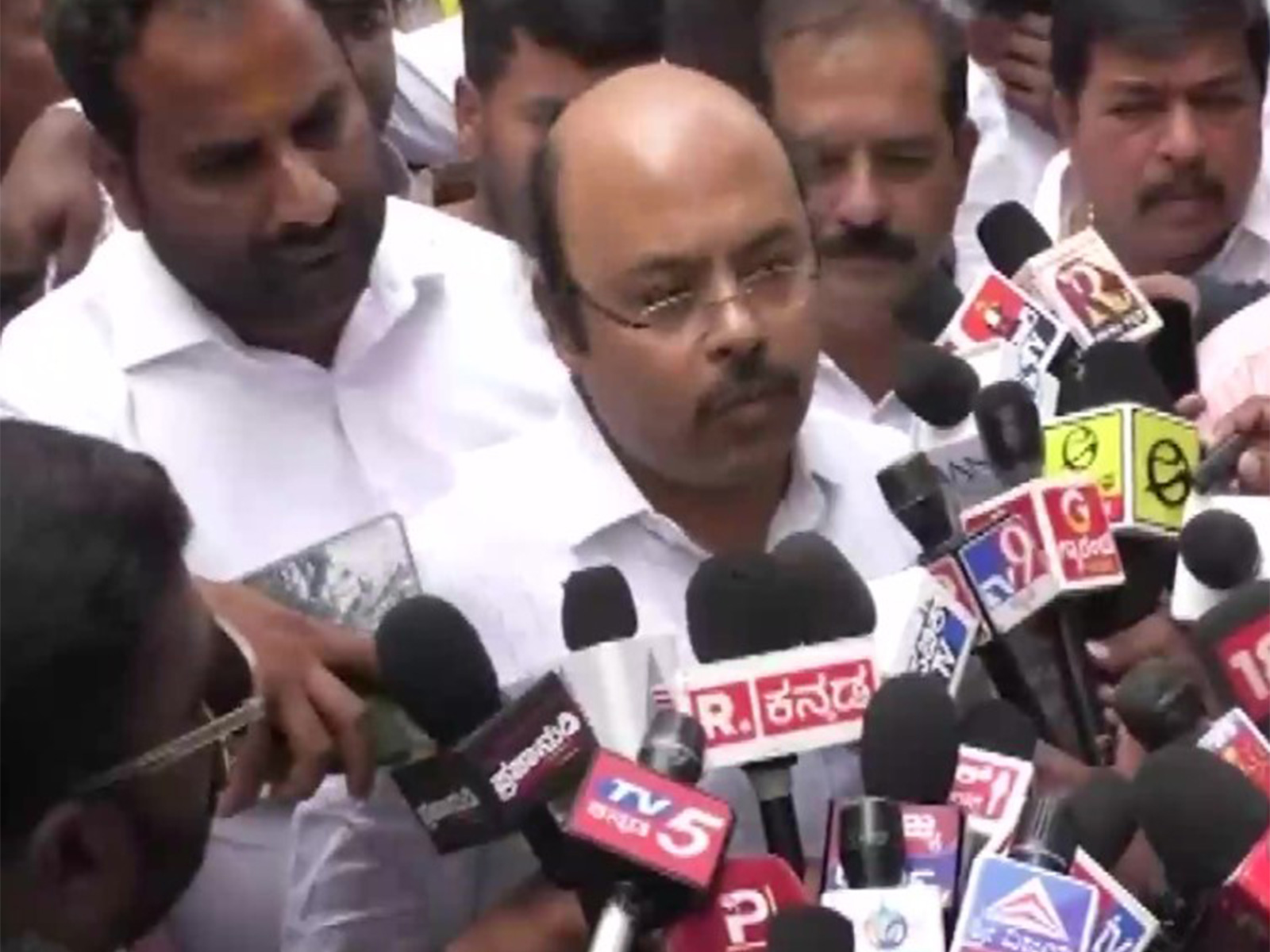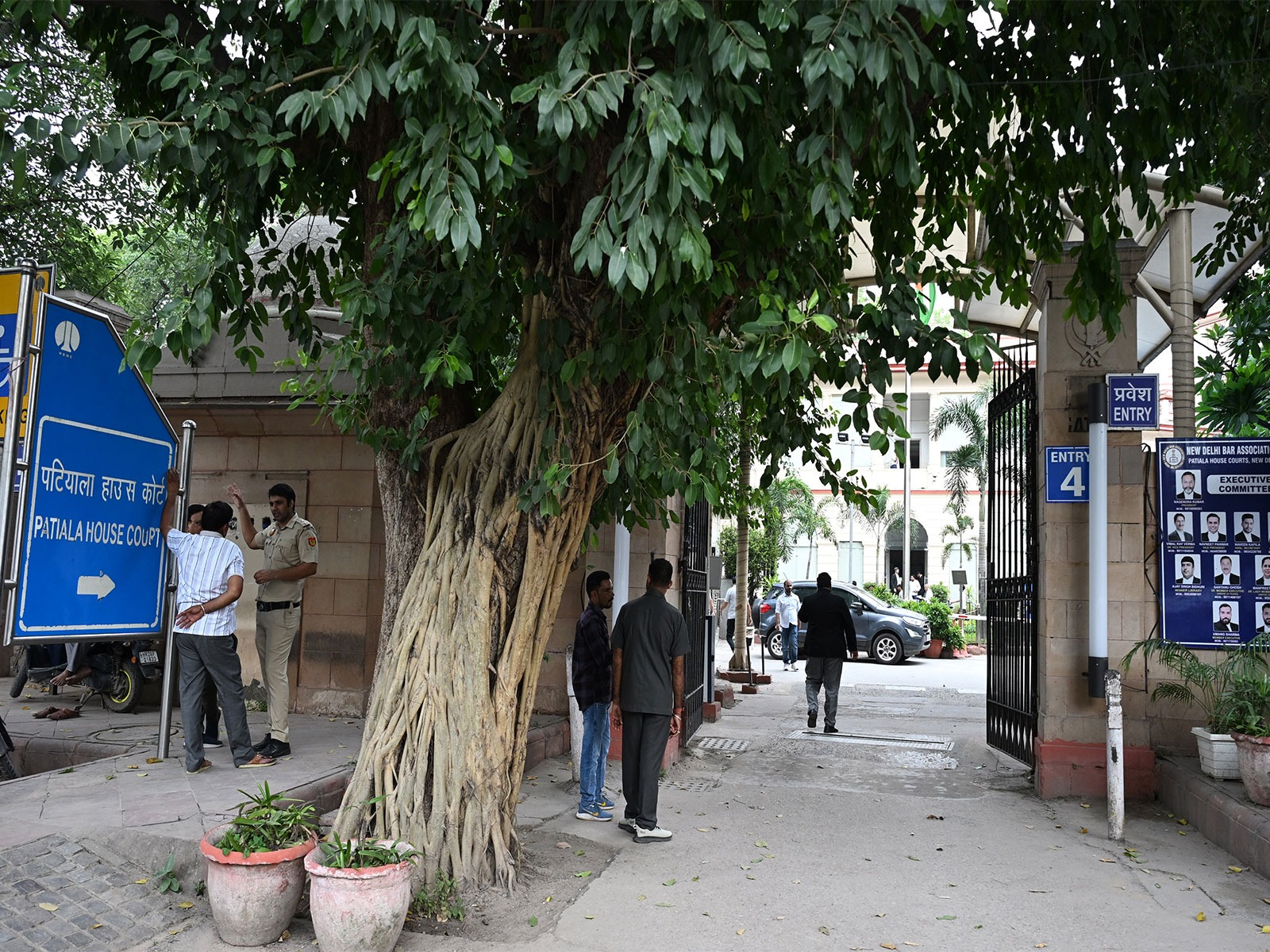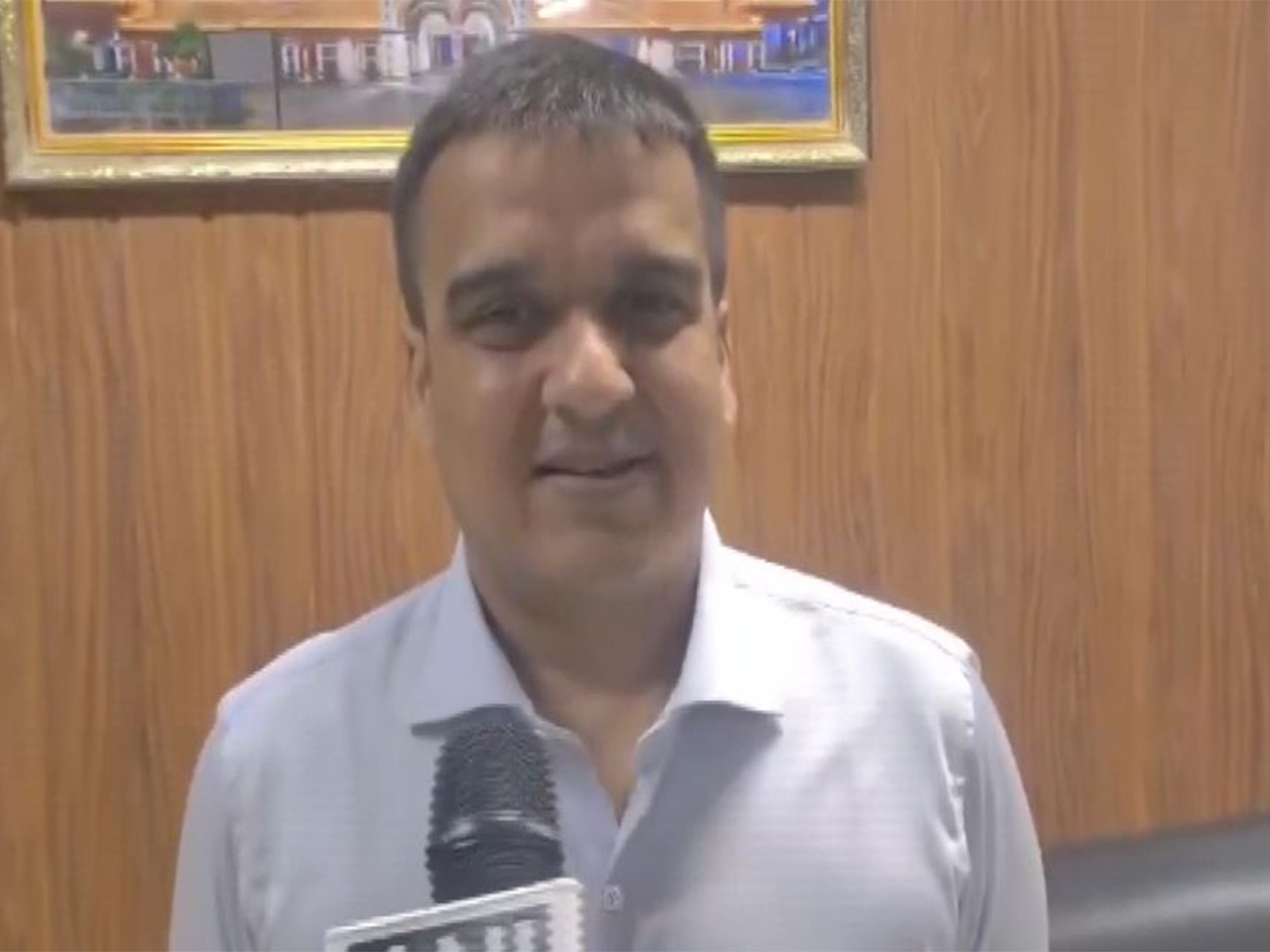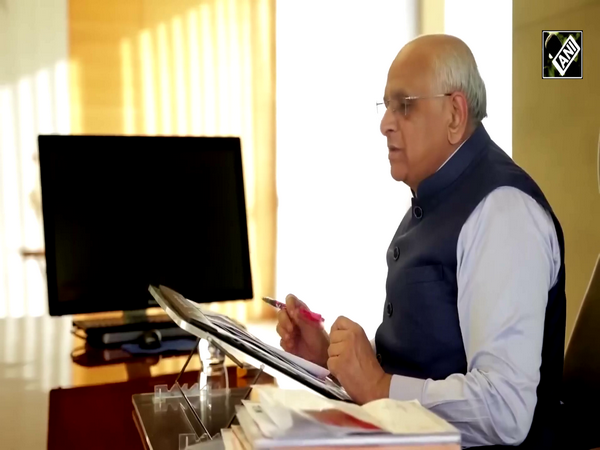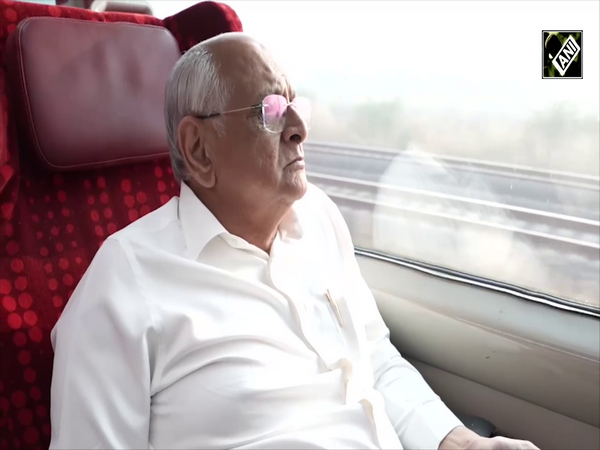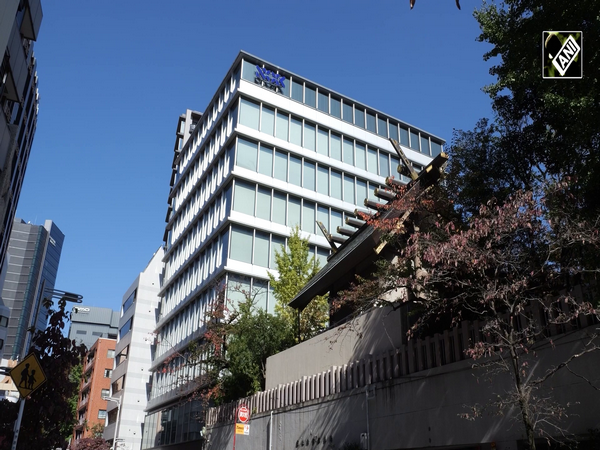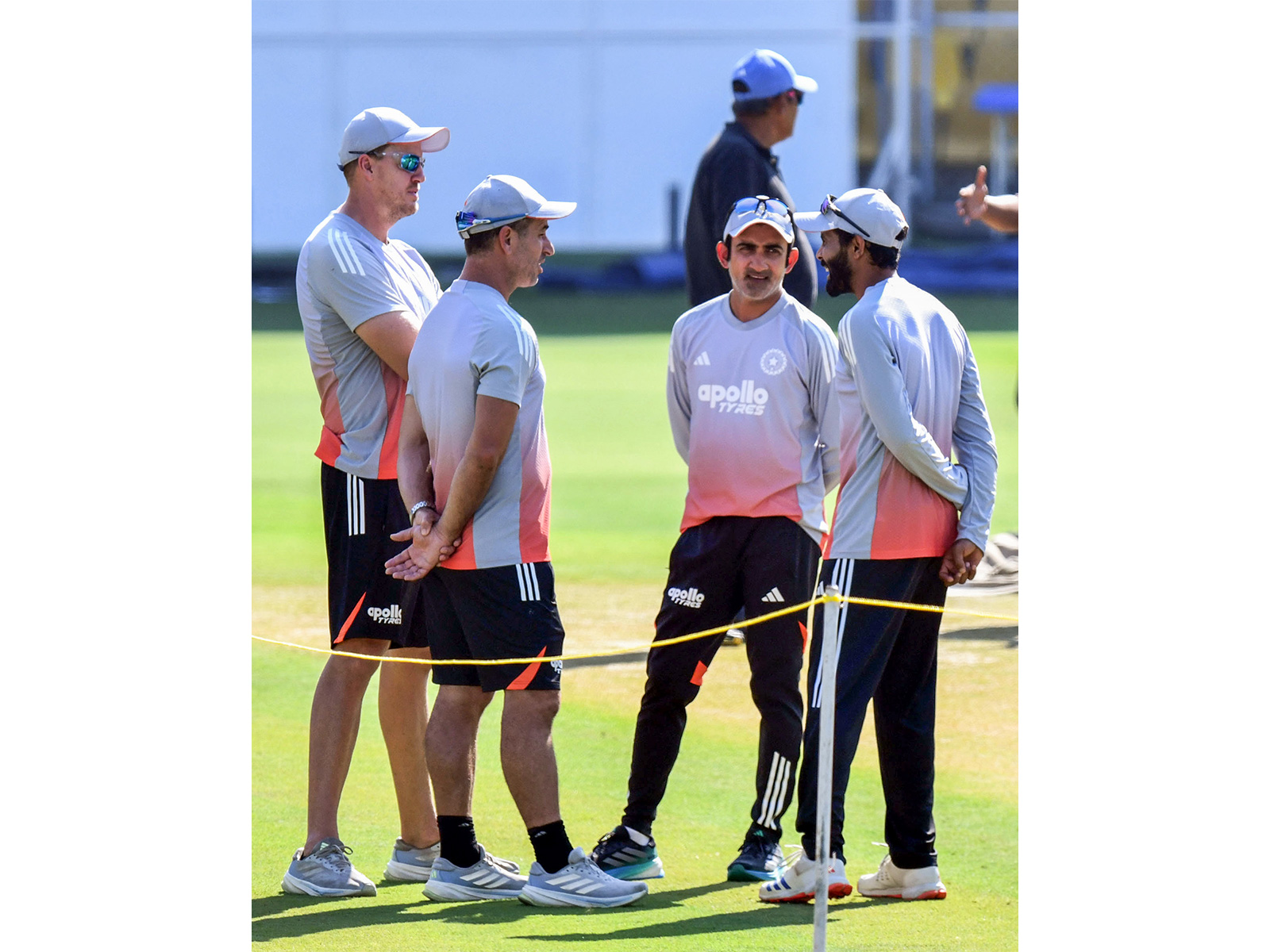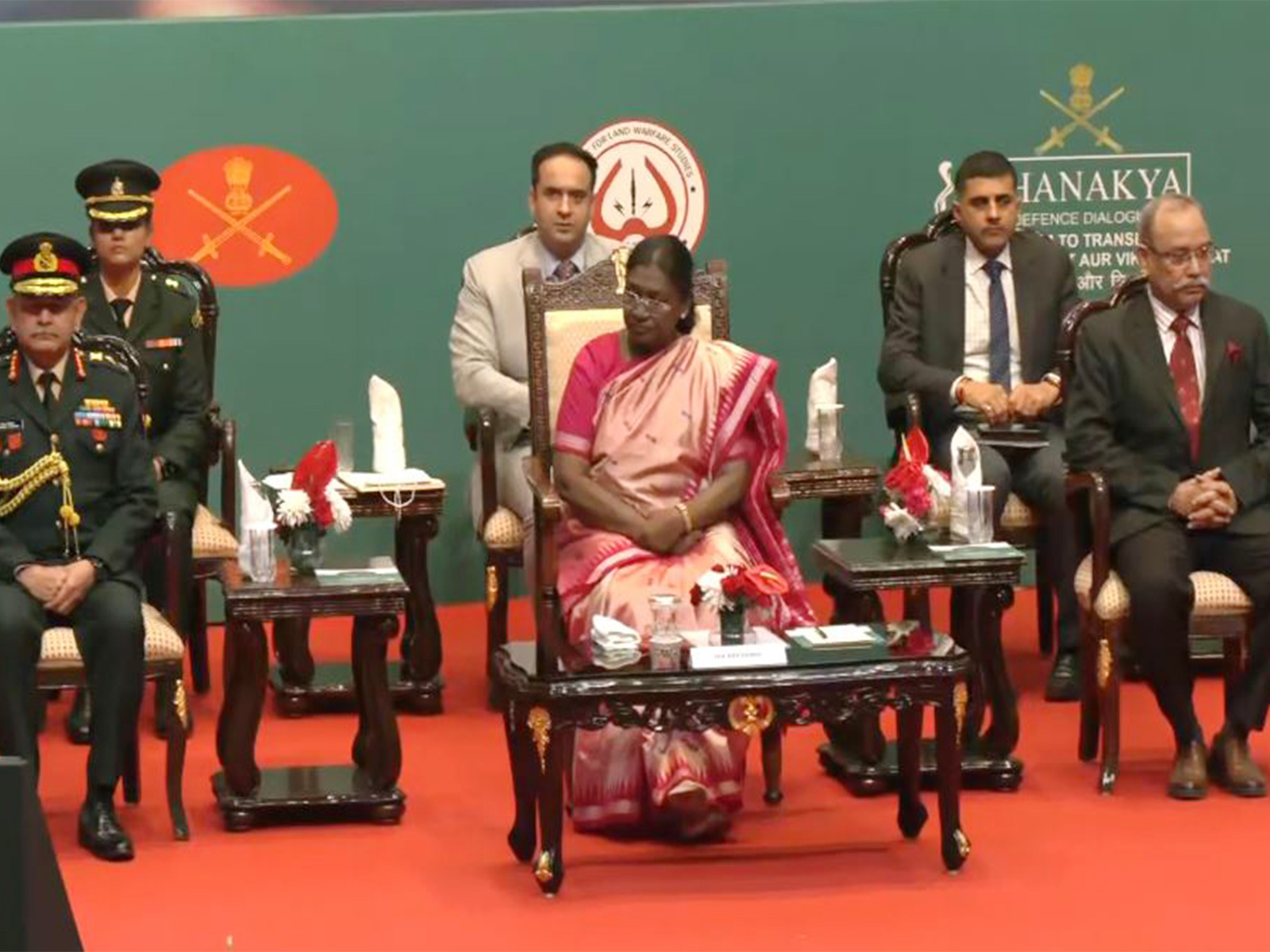
Indian Army hosts Chanakya Defence Dialogue 2025 in Delhi
Nov 27, 2025
New Delhi [India], November 27 : Chanakya Defence Dialogue 2025 commenced today at the Manekshaw Centre, New Delhi, bringing together military leaders, global strategic experts, diplomats, industry leaders and young scholars, according to the Ministry of Defence press release.
President Droupadi Murmu graced the inaugural session today, with Chief of the Army Staff General Upendra Dwivedi delivering the keynote address.
Organised by the Indian Army, in collaboration with the Centre for Land Warfare Studies, the Dialogue centres on the national vision of "Sashakt, Surakshit and Viksit Bharat." It examines India's security challenges and technological frontiers in an increasingly contested global landscape, the release added.
In the special address, President Murmu commended the Indian Army for its role in strengthening national security and driving development in border regions. She stated that India's deterrence posture is anchored in moral clarity and responsible action, reflecting the country's civilisational ethos of Vasudhaiva Kutumbakam.
The President emphasised that new domains such as cyber, space and cognitive warfare demand forces that are technologically agile and future-ready. She appreciated that the Indian Army is reforming its doctrines, modernising its structures, and investing deeply in human capital, including expanded engagements and opportunities for youth and women. She expressed confidence that these reforms will strengthen India's journey towards a Viksit Bharat by 2047, the release added.
In his keynote address, General Upendra Dwivedi underlined that the Chanakya Defence Dialogue has evolved into a vital platform since its inception in 2023, reflecting the Indian Army's commitment to comprehensive transformation. He noted that India operates in an increasingly multipolar and turbulent world marked by rising multidomain conflicts, making it imperative for the military to remain decisive and future-ready.
Guided by the Prime Minister's 5S vision of "Sammaan, Samvad, Sehyog, Samridhi and Suraksha" (respect, dialogue, cooperation, prosperity and security), he outlined the Army's three-phase transformation pathway: HOP 2032 for accelerated transition, STEP 2037 for consolidation and JUMP 2047 for an integrated, next-generation force design, added the release.
Highlighting the success of recent reforms, he identified four key drivers for the next leap: Deeper self-reliance through indigenisation, Faster innovation in critical technologies, Systemic adaptation of defence structures and Stronger military-industry-academia fusion. He expressed confidence that CDD 2025 will generate actionable insights for this journey.
Defence Secretary Rajesh Kumar Singh, in his address, underlined 2025 as the Ministry of Defence's "Year of Reforms" and positioned defence self-reliance as central to the vision of Viksit Bharat 2047.
He highlighted that 75% of the capital procurement budget is now earmarked for domestic industry, with a dedicated share for the private sector, driving indigenisation, innovation, and a growing defence industrial base.
Emphasising the strong GDP multiplier of domestic defence spending and the rapid rise in domestic production and exports, he stressed that technological and industrial strength in defence is now the foremost priority for safeguarding India's national security in an increasingly turbulent global environment, added the release.
The CEO of NITI Aayog, BVR Subrahmanyam, underlined that India's future must be shaped in the midst of multiple global transitions- demographic, economic, technological, climatic and cultural- that are fundamentally altering the world order.
He noted that as many advanced economies age and their populations shrink, Asia will drive global growth and trade, even as climate stress and rapid advances in technologies like artificial intelligence transform production, warfare and cognition itself.
In this context, he stressed that India, already among the world's leading economies, must leverage its demographic window, build resilient democratic institutions, and pursue long-term national security and economic strategies anchored in defence modernisation, technological self-reliance and agile partnerships, so that India's rise remains benign and beneficial for the wider world.
Prof K Vijay Raghavan, former Principal Scientific Adviser to the Government of India, emphasised leveraging technology for enduring strategic superiority through three parallel investment streams. In the short term (0-3 years), he advocated agility via startups, academics and retrofitting legacy platforms with sensors and AI for asymmetric warfare, prioritising 80% solutions now over perfect ones later. Mid-term (3-10 years) to focus on controlling value chains, indigenous software for unpredictable systems and a level playing field for private sector R&D.
He said that the long-term (10-30 years) demands bold investments in basic sciences such as materials, biotech, and cognitive warfare to avoid dependency, urging the establishment of a Defence Technology Council to accelerate mission-driven progress toward Viksit Bharat@2047, added the release.
The inaugural day of Chanakya Defence Dialogue also featured three substantive thematic sessions that brought together senior policymakers, defence leaders, strategic experts and industry voices. These sessions covered a wide spectrum of issues, beginning with Op SINDOOR: A Sovereign Strategic Victory, followed by Changing Status Quo: Vitalising Defence Reforms, and concluding with Civil-Military Fusion: Drivers for Change. Each session explored contemporary challenges and future pathways in national security, defence transformation and India's strategic posture.
In the end, General Anil Chauhan, Chief of Defence Staff, delivered a compelling keynote at the Chanakya Defence Dialogue 2025, underscoring the unpredictable nature of time and warfare as echoed in Chanakya's wisdom and principles.
He highlighted how technology is diminishing geography's role in strategy, ushering in a revolution in military affairs through the convergence of AI, hypersonics, robotics, autonomous systems and sensor-driven battlefield transparency. Geopolitically, eroding sovereignty, rising force propensity and nuclear proliferation signal a volatile future, demanding armed forces evolve doctrines for multi-domain operations.
Emphasising intellectual honesty and self-enemy knowledge, Gen Chauhan stressed that victorious commanders apply strategy flawlessly, preparing soldiers who train unlike daily practitioners for catastrophic-stakes conflicts to secure Viksit Bharat@2047.
The Second day of the Chanakya Defence Dialogue will centre on a high-level special session led by the Defence Minister Rajnath Singh, who will unveil key initiatives and deliver a major address on defence reforms for a Sashakt, Surakshit aur Viksit Bharat. The day will then proceed to thematic sessions.
Across two days, the Chanakya Defence Dialogue 2025 aims to create a comprehensive platform for strategic deliberation on India's future security architecture. With powerful guidance from President Droupadi Murmu, Defence Minister Rajnath Singh, senior military leadership, policymakers, global experts, and scholars, CDD 2025 will reinforce the Indian Army's commitment to shaping a strong, secure, and developed India.
The Dialogue underlines that India's strategic transformation will be driven by moral clarity, technological excellence, deeper self-reliance and a whole-of-nation approach.
